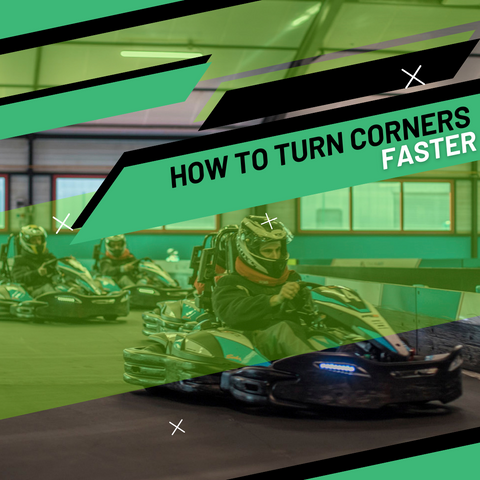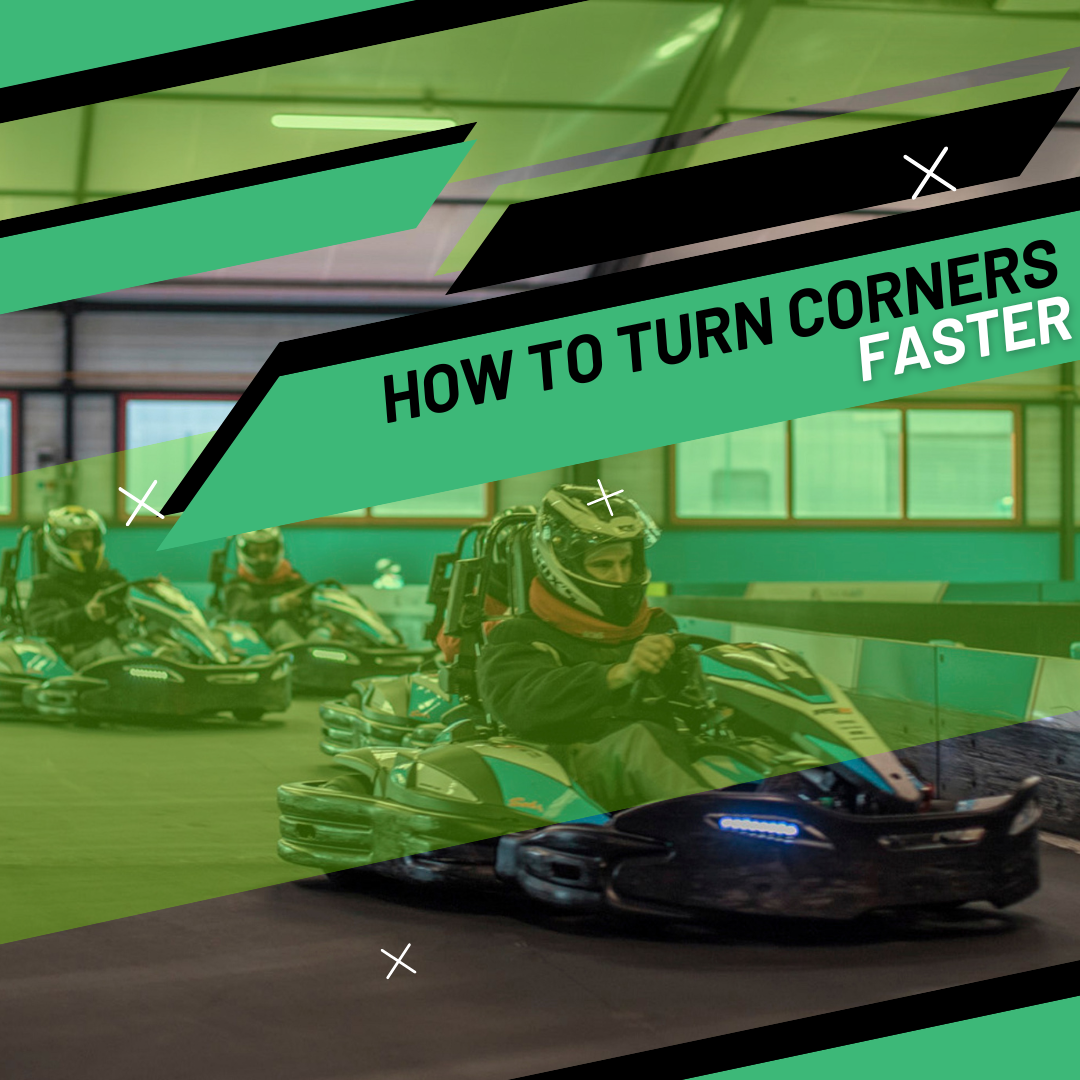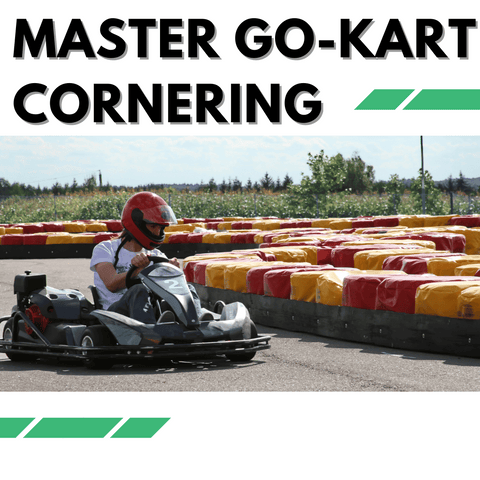
Updated: 14.05.25
Go-karting blends speed and skill, with cornering being a critical technique to master. Whether racing professionally or enjoying recreational go-karts, perfecting your turns boosts performance and fun.
1. How to Turn Corners Faster
To maximize cornering speed, use trail braking: decelerate and release brakes before turning, maintaining slight brake pressure to counter understeer. This ensures faster, smoother turns.
Related: What Is the Fastest Go-Kart in the World?
2. Why Cornering Matters
Effective cornering maintains speed and control, crucial for winning races. Mastering the racing line—entry, apex, and exit—enhances efficiency. Learn more about the racing line.
Related: Pro Tips to Master Go-Kart Cornering
3. Go-Kart Types and Cornering
Different go-karts impact cornering speed:
| Go-Kart Type | Features | Cornering Impact |
|---|---|---|
| Racing Karts | Low centre of gravity, high maneuverability | Fast, stable cornering |
| Off-Road Karts | Higher centre of gravity, rugged tyres | Slower, technique-adjusted turns |
| Recreational Karts | Balanced for safety, moderate speed | Technique-focused cornering |
Related: History of Go-Karts
4. Essential Cornering Techniques
- Early Braking: Brake early to control speed and stabilize the kart. See why braking is key.
- Gradual Steering: Turn smoothly toward the curve’s inside for a fluid turn. Learn about go-kart steering.
- Controlled Wheel Turn: At the apex, adjust the wheel slightly to avoid spinning out.
- Wheel Steadiness: Hold the wheel steady mid-turn to maintain control.
- Wheel Straightening: Straighten and accelerate gradually on exit. Check go-kart acceleration tips.
5. Advanced Cornering Tips
- Avoid Leaning: Stay upright to maintain speed and ease straightening. See why leaning slows you down.
- One Pedal Rule: Use only the brake or accelerator at a time to retain control.
- Speed Control: Lift off the accelerator before braking to balance the kart.
Related: Will I Fit in a Go-Kart?
6. Practice Makes Perfect
Regular practice of these techniques, as outlined in go-kart racing tactics for kids, builds muscle memory, improving cornering and overall performance.
7. Additional Considerations
Costs: Go-karting can be pricey due to equipment and track fees. Learn go-kart costs in the UK.
Science: Cornering involves physics like grip and momentum. Explore the science of go-karting.
Earning Potential: Competitive karting can be lucrative. See making money with go-kart racing.
Conclusion
Mastering go-kart cornering with early braking, gradual steering, and trail braking elevates your racing game. Practice and kart choice are key to turning faster and winning. Happy karting!
Frequently Asked Questions
What safety gear is needed for go-karting?
Essential gear includes helmets, gloves, protective clothing, and proper footwear. Some tracks require neck braces and rib protectors.
How does weather affect go-kart cornering?
Rain makes tracks slippery, requiring cautious turns, while dry conditions allow aggressive cornering. Adjust techniques accordingly.
How do indoor and outdoor tracks differ for cornering?
Indoor tracks are tighter and controlled; outdoor tracks are larger with varied conditions, impacting cornering strategies.
Can kids race go-karts?
Yes, with kid-friendly karts and gear, though age and height restrictions apply. Check track rules.
What if my go-kart flips during a race?
Stay calm, remain in the kart until stopped, and wait for track staff assistance. Follow safety protocols.
Get in Touch 🚀
Loved our article on “Go-Karting Tips: How to Turn Corners Faster”? Want more racing tips?
We’re here for all your kids’ ride-on toy questions! 🚗💨
Explore more at RiiRoo.com.
Or, chat with us via Live Chat for instant answers!






Share:
Understanding the Racing Line: Unleash Your Inner Speed Demon
Why Won't My Quad Start With Electric Start?